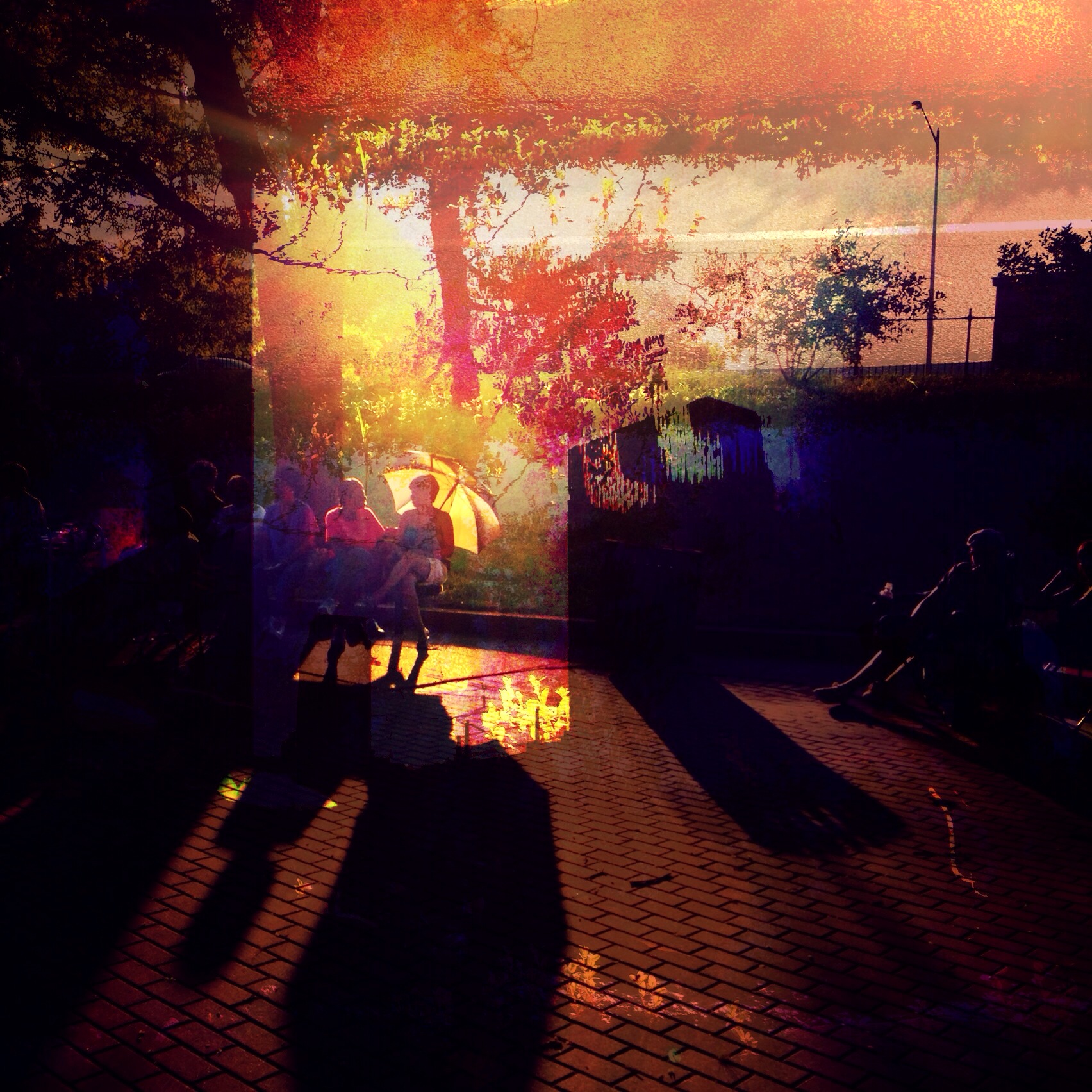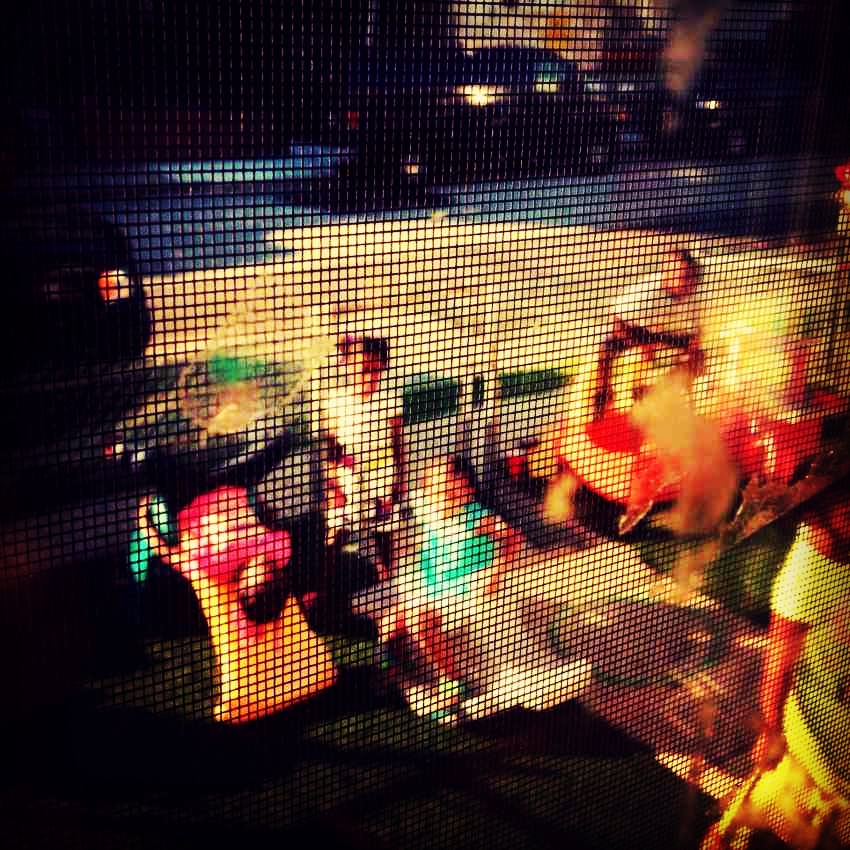
Welcome to this week’s edition of TIME’s LightBox Follow Friday, a series where we feature the work of photographers who are using Instagram in new and engaging ways. Each week we will introduce you to the person behind the feed through his or her pictures and an interview with the photographer.
This week on #LightBox FF, TIME speaks with Justin Maxon (@justinmeadmaxon), whose photographs address poverty, politics and public health from a humanitarian perspective. He says Instagram gives him the opportunity to present a view of the world not based in reality, but inspired by experience.
LightBox: How are you using Instagram now, and how has it become a part of your professional practice?
JM: My Instagram is more about collecting pieces of my experience and presenting it to the world, rather than as an expression of my professional life. I never promote myself on Instagram (which might change with time). I only use images from my iPhone, as I think it’s counterintuitive to use a DSLR or film camera and upload them. Everyone has the same tool now and the tradition has become much more equalized, for both the practitioner and the public. Now, with an equal playing field, it becomes the responsibility of the photographers to distinguish themselves within the technology.
Sept.7, 2013. Cape Town, South Africa
LightBox: What is the purpose of your feed? What does Instagram provide for you, that other platforms don’t?
JM: The purpose of my feed is to expand my visual connectivity to audiences I would never be able to reach within the normal confinements of media and photographic distribution. Photographers without social media habitually live a life of anonymity, with only an often-bypassed byline marking their territory. Traditionally, photographers follow other photographers, which is the unspoken incestuous nature of the industry. With Instagram, traditions are ruined mines; forgotten and abandoned. People who have nothing to do with the photographic industry follow photographers now. The possibility of autonomy in regards to circulation and financial independence are boundless. Photographers are no longer forced to operate within a system of externalized gatekeeping; power becomes the practitioner; we are now independent forms of information distribution.
LightBox: Why did you start using Instagram, and how has your use of it changed since your first post?
JM: I feel that social media provides the opportunity for an endless stream of authorship and image distribution, but I don’t find the need to cater to the whims of the infinite and post three times a day, breakfast, lunch and dinner. It’s satisfying to keep my Instagram feed selective and only illustrative of my most polished representations of the world. I post sometimes once a week or once a month at the very least, deliberating on which images to upload. I want my feed to be visually crisp and controlled, but fluid and porous thematically. My feed isn’t based too heavily in reality. Most of my pictures are often whimsical versions of the space around me. I find dreams to be breeding grounds for creative expression. I constantly seek fantasy like environments in my waking reality.
Aug.8, 2013. Asleep on the Bolt Bus
LightBox: Do you envision Instagram ever loosing its appeal and, if so, how would you replace it?
JM: I see Instagram as a successful tool, one that I will use to further my goals of connectivity. The potential that exists for independence is electrifying. Though, I recognize the creative limitation that it possesses because it is software – a coded application that can only exist in a space of repetition. It will never take the place of human artistic creation. I don’t want it too.
Justin Maxon is a freelance photographer born in California and based in New York. His work has appeared in TIME, Newsweek, Mother Jones and The New York Times.
Krystal Grow is a contributor to TIME LightBox. Follow her on Twitter and Instagram @kgreyscale
Bridget Harris is a Senior Photography Producer for TIME Magazine
See more from TIME’s #LightBoxFF series here










More Must-Reads from TIME
- Inside Elon Musk’s War on Washington
- Meet the 2025 Women of the Year
- The Harsh Truth About Disability Inclusion
- Why Do More Young Adults Have Cancer?
- Colman Domingo Leads With Radical Love
- How to Get Better at Doing Things Alone
- Cecily Strong on Goober the Clown
- Column: The Rise of America’s Broligarchy
Contact us at letters@time.com